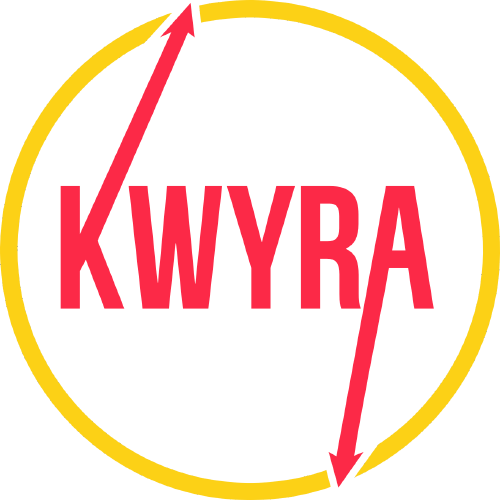The deposit is recorded as a credit to the liability account, and the corresponding transaction is recorded as a debit to the cash account. When a company purchases goods or services from a supplier on credit, the amount owed is recorded in the accounts payable liability account. The supplier’s invoice will typically include details such as the amount owed, payment terms, and due date. The company must pay the invoice by the due date to avoid any late payment penalties.
#1 – Current Liabilities
This could happen due to negligence, breaking a contract, or any other wrongful actions. Liabilities are classified into three categories – current, non-current, and contingent. Liabilities must be reported according to the accepted accounting principles. The most common accounting standards are the International Financial Reporting Standards (IFRS).
How are assets and liabilities related and treated differently in financial statements?
In a financial context, it is recorded on the right side of a balance sheet, opposite assets. Liabilities are future economic obligations that will be settled over time through the transfer of money, goods, or services. An income statement, also known as a profit and loss account, reflects the company’s expenses and revenues within a particular time frame. Both balance sheet and income statements are types of financial statements.
Because of their higher costs and longevity, assets are not expensed, but depreciated, or “written off” over a number of years according http://flycenter.ru/forum/viewtopic.php?t=1844&p=6913 to one of several depreciation schedules. Tangible assets are physical entities that the business owns such as land, buildings, vehicles, equipment, and inventory. Expenses are internal because they involve costs by the company during business transactions. Before this process commences, the executives of a company will deliberate on its financial state.
What are the different types of liabilities found on a balance sheet?
On the other hand, the value of a non-financial asset is dependent on the physical net worth. Investors always look at the long term liabilities of the business before investing. Try FreshBooks for free by signing up today and getting started on your path to financial health. Liabilities and equity are listed on the right side or bottom half of a balance sheet.
All businesses have liabilities, except those who operate solely with cash. By operating with cash, you have to handle cash on your own in terms of give and take. As per the modern classification of accounts or American/Modern Rules of accounting an increase in liability is credited whereas a decrease is debited. XYZ Corporation recognises this obligation on its balance sheet, reflecting the present value of future pension benefits payable to workers. For example, XYZ Partnership obtains ₹1,000,000 long-term credit from a bank to support the development of another manufacturing unit. The credit has a ten-year repayment period and a 5% annual financing cost.
What Are the Different Types of Liabilities in Accounting?
- The title of a liability account usually ends with the word “payable”.
- They discuss an organisation’s responsibilities or obligations to various groups.
- While liabilities & expenses are used in similar contexts, they are distinct accounting terms, & each plays a distinct role.
- Withdrawals are cash or assets taken by a business owner for his personal use.
- The unearned money is gradually recognised as revenue while the customer stays at the hotel.
Keep in mind your probable contingent liabilities are a best estimate and make note that the actual number may vary. The prompt nature of these liabilities makes them crucial for managing a company’s working capital. Liabilities and assets are the core components of http://gukr.com/article924.html an organization’s financial reports, but they serve opposing functions. Liabilities show what an entity owes, while assets show what it owns. The comparison of the two is crucial in analyzing a firm’s net worth & general financial health as it shows its potential to meet obligations & earn future returns.
There are mainly three types of liabilities except for internal liabilities. Current liabilities, Non-Current liabilities & Contingent Liabilities are the three main types of liabilities. The settlement of liability is expected to result in an outflow of funds from the company. Pension Liabilities are a company’s responsibility to offer retirement benefits to its employees. In that case, the company must recognise the accrued salaries as a liability in the December financial statements.
Accounting Crash Courses
Familiarity with these concepts can help stakeholders make informed decisions about a company’s financial well-being and future prospects. Liabilities are the financial obligations in https://sevsovet.com.ua/ru/2014/12/v-chem-prichina-padeniya-rynka-telereklamy/ accounting that can be seen on a business’s balance sheet. Liability is what a business may owe to its suppliers, wages payable, and loans from a bank or someone. This represents expenses that have been incurred but not yet paid for, such as salaries, rent, and utilities. Proper management of accrued expenses is essential for accurate financial reporting and cash flow management.



